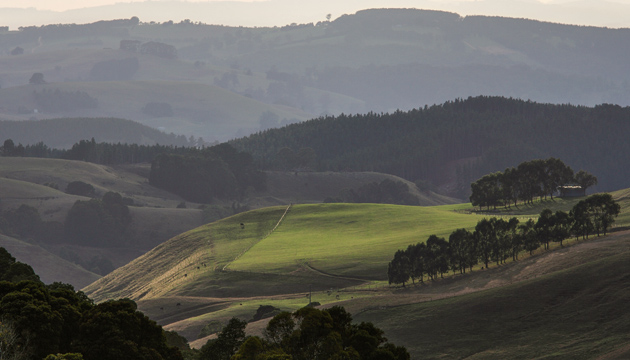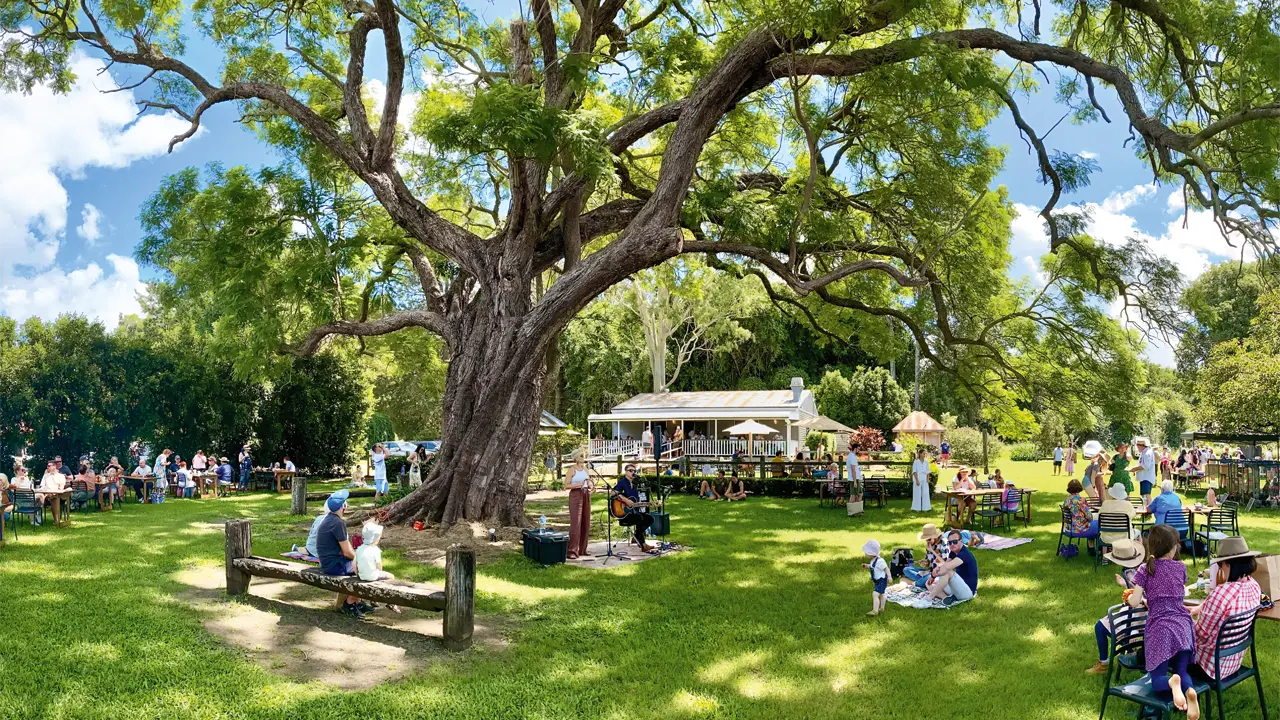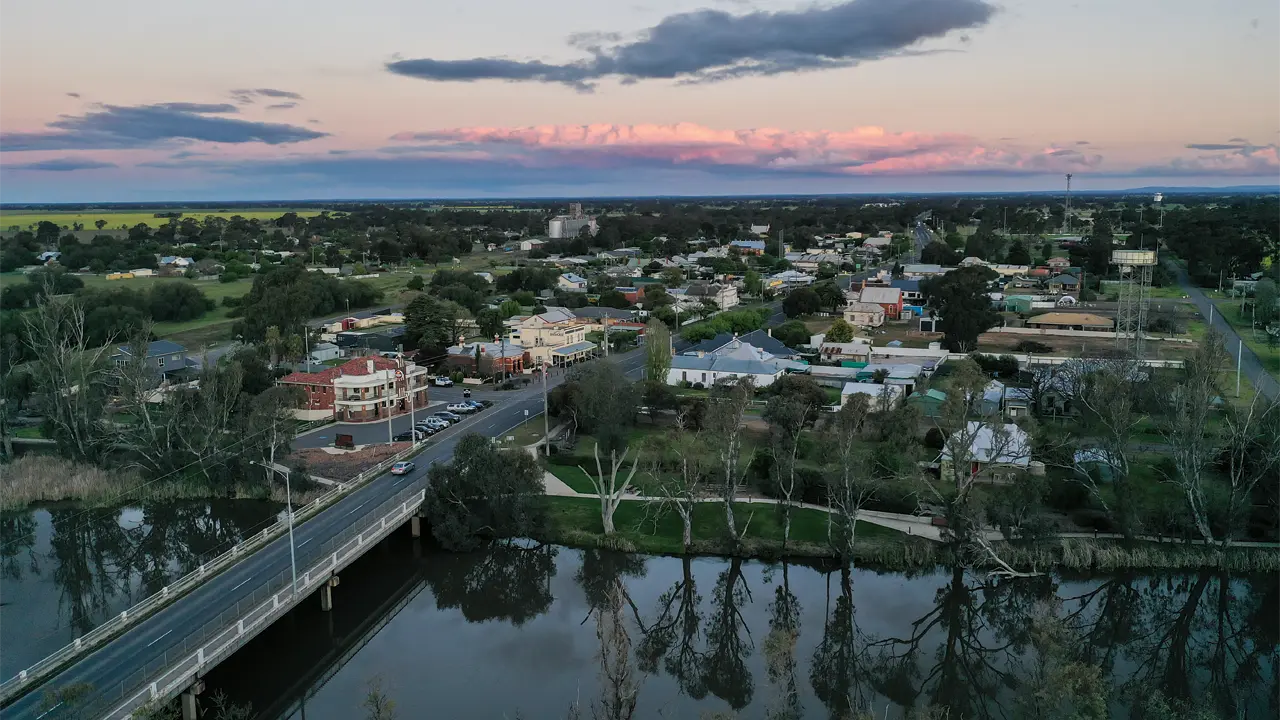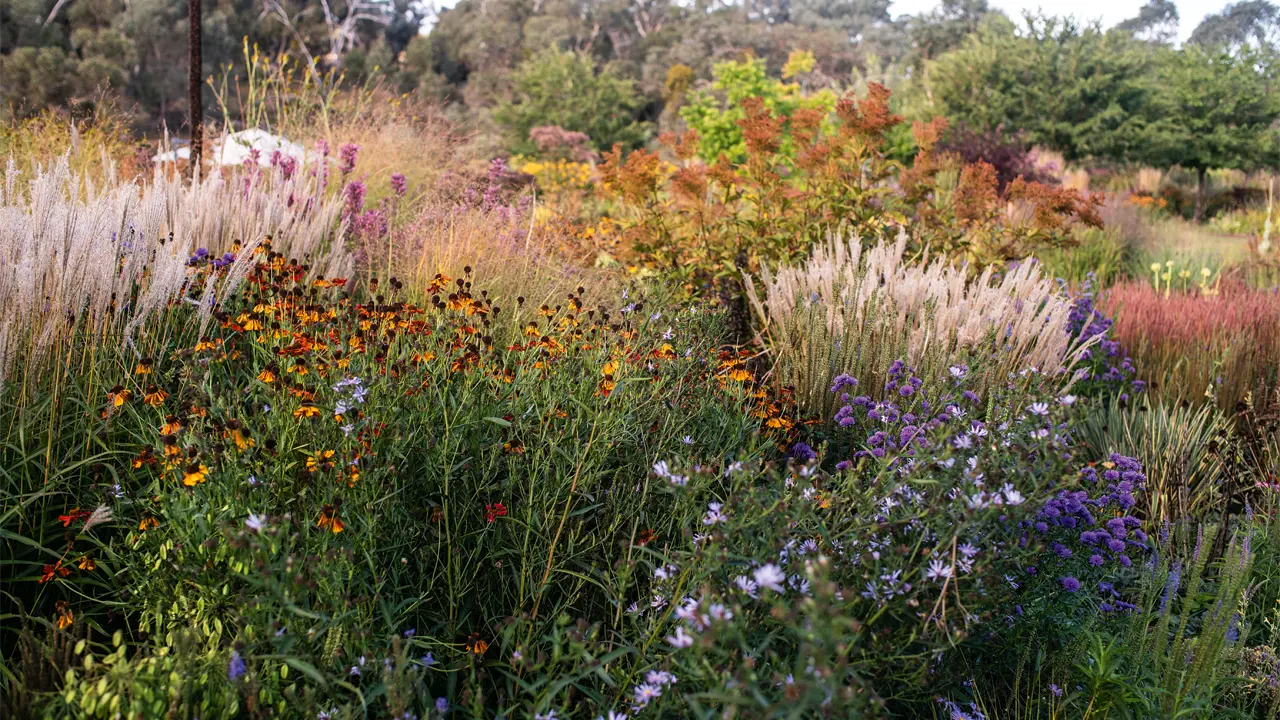A picturesque drive in South Gippsland follows the footsteps of Polish pioneer Paul Strzelecki, who opened up the region.
Story by John Dunn
In 1840 it took Polish explorer Paul Strzelecki more than three weeks to fight his way through the rearing ranges and their towering mountain ash trees to open up the rainforest-cloaked terrain of South Gippsland. Today, of course, it takes a lot less to follow his track, but it’s still a slow journey. Visitors, though, wouldn’t want to do this at speed because the magnificent sights deserve savouring.
A route known as the Grand Ridge Road, and recently promoted to tourists as one of Victoria’s most spectacular drives, traces – more or less – the path Strzelecki pioneered. It teeters along the edge of razor-sharp cliffs that overlook spectacular ocean views of Bass Strait as it washes Ninety Mile Beach in one direction, and in another the sharply contrasting industrial areas of the coal-mining country of the Latrobe Valley, marked by the steam plumes of its power stations. In parts it plunges deep into fern-filled ravines, while elsewhere it opens out unexpectedly into pocket-sized farmlets, where white-painted homes with smoke spiralling from chimneys cling prettily and precariously to hillsides of lush, green grass. Overall it threads its way along the top of, and through, the wilds that Strzelecki sought and succeeded in taming.
This is a trip to be taken without urgency. It would be a travesty to rush, and almost impossible, anyway, because this is not a road for speeding. Much of it is gravel with its share of corrugations, and a lot of it is winding, corkscrew-like in parts, and there are timber trucks that require space. The signs also require careful attention, as they tend to point surprisingly and sometimes bewilderingly at intersections.
The Grand Ridge Road is Route 93 and stretches 135 kilometres from near the district of Seaview, below Warragul, to just beyond the small village of Carrajung, below Traralgon. Along the way there are occasional settlements such as Hallston and Balook and just one town – Mirboo North, a timely stop to visit a surprising snail farm and adjacent restaurant Cafe Escargot.
“We started five years ago and wanted to put something on our five acres, something that would be quiet, because we have accommodation, and don’t need a lot of room,” says Vincenza Alexander, co-owner of the restaurant with her husband Doug. “We thought snails would fit both of those aspects and it would be a natural progression if we had a restaurant. It’s worked very well. Snails comprise a quarter of our menu and diners agree with us – they’re delicious.”
The western end of the road comprises small properties where farmers milk cows, raise alpacas or grow potatoes. To the east, thick stands of radiata and eucalypts are the quarry of the loggers whose powerful prime movers break the silence of this southerly outcrop of the Great Dividing Range.
This story excerpt is from Issue #109
Outback Magazine: Oct/Nov 2016









